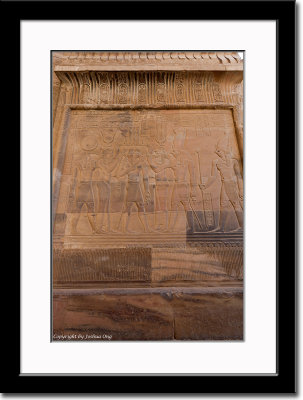
Relief at Kom Ombo Temple |

Pharaoh Ptolemy, Isis, Sobek (Crocodile Head) and Horus (Falcon Head) |

Ptolemy Wearing Double Crown as Pharaoh of Upper and Lower Egypt |
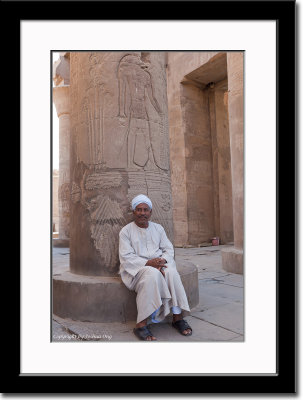
A Willing and Fitting Model |
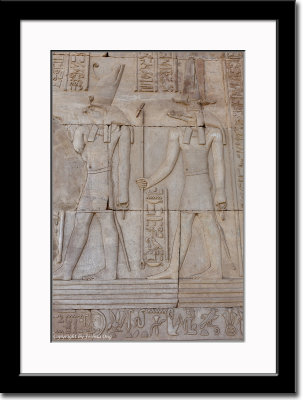
Horus and Sobek |

Decorated Ceiling |

Relief of Child Birth |
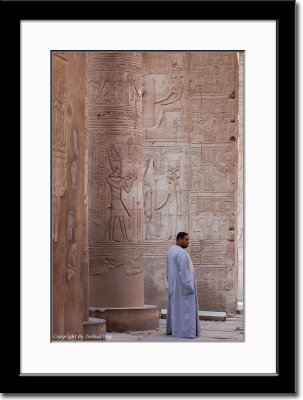
A Local Tourist Among Pillars |

The Third Eye of Pharaoh |
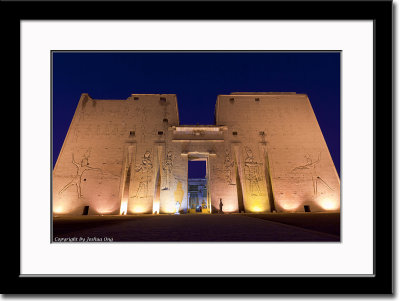
The Entrance of Temple of Edfu With Its First Pylon at Dusk |

Horus and Isis, His Mother |

Remains of Highly Decorated Ceiling |

The Courtyard Showing Two Statues of Horus |

Offering for Horus While Isis Watching |

Pillars Inside the Temple |
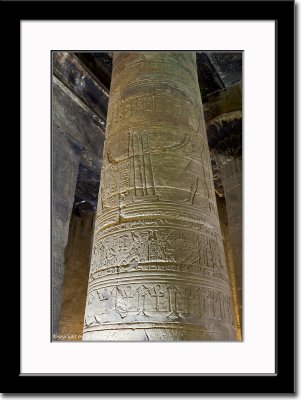
Two Obelisks as Offering |

Relief on Inside Wall |
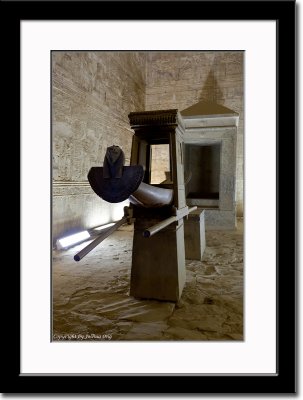
The Devine Boat and Shrine |
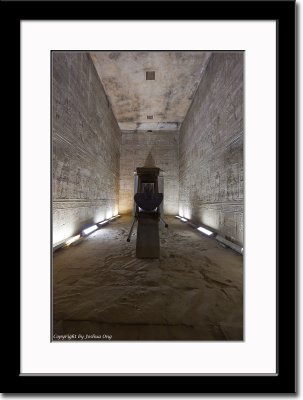
Devine Boat Inside the End Chamber |

Offering for Horus |

Pharaoh Wearing a Double Crown as King of Upper and Lower Egypt |
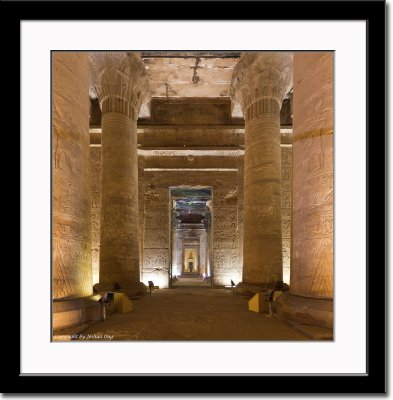
The Vestibule Showing the Sequential Chambers and the Devine Boat in the Shrine |
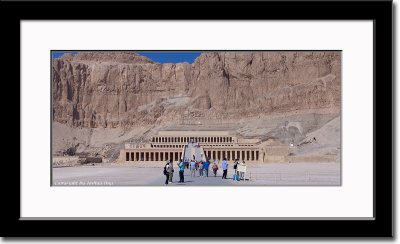
The Impressive Hapshepsut Temple from Distance |

Close-up of Hapshepsut Temple |

One of Many Hapshepsut Figures |
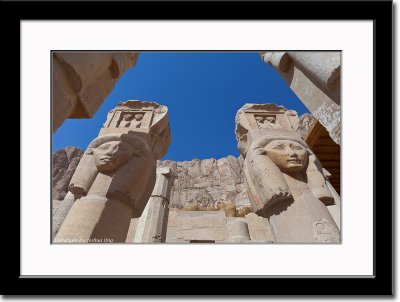
Hapshepsut Figures |

Left Courtyard |

Relief on Inside Supporting Rectangular Pillar |

One of Osirian Statues of Hapshepsut |

Another View of Osirian Statue of Hapshepsut |
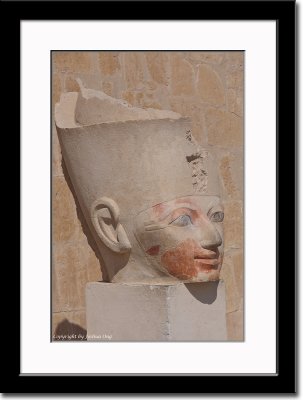
Statue of Hapshepsut |
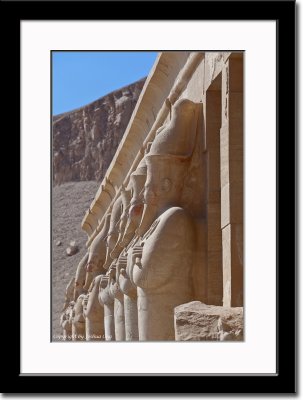
Row of Osirian Statues of Hapshepsut |
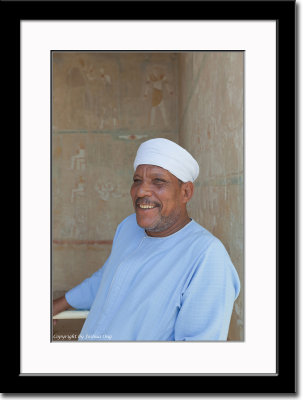
Story Teller |
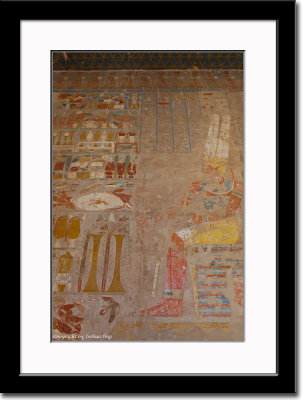
Hapshepsut Disguised as a Male Pharaoh |
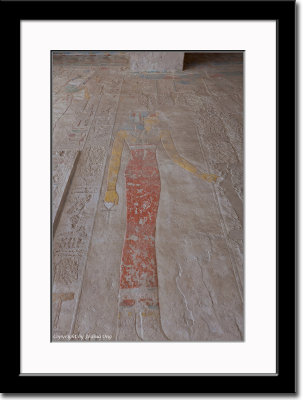
Hapshepsut Holding Ankh as a Female |

Karnack Temple During Lightshow |
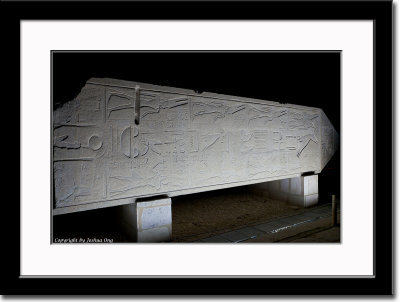
Resting Flat Obelisk |

Ramses II Statues at Karnak at Night |
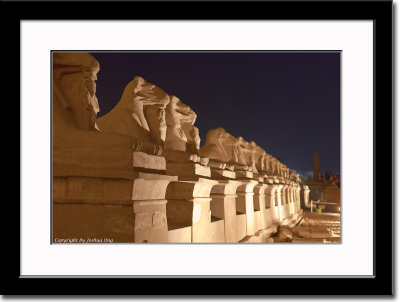
The Beginning of Sphinx Alley |

Fairly Small Statue of Nefertari, Ramses II Beloved Wife |

Statue of Ramses II |
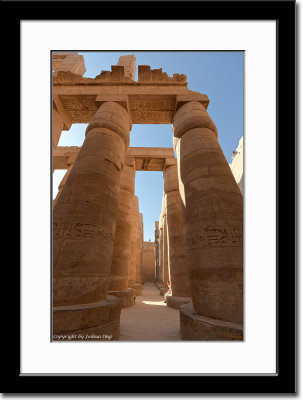
Pillars at Karnak |
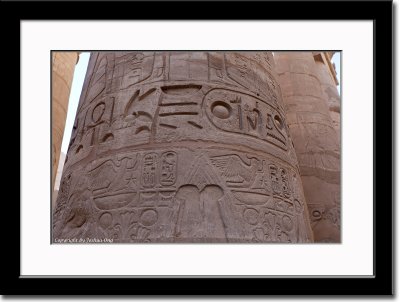
Deeply Chiseled Hieroglyph |
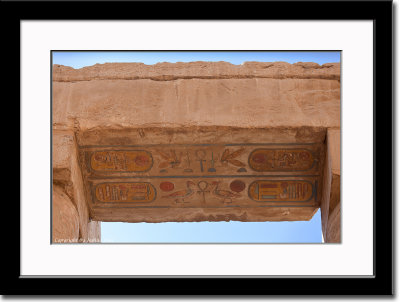
Colorfull Ceiling Between Pillars |











